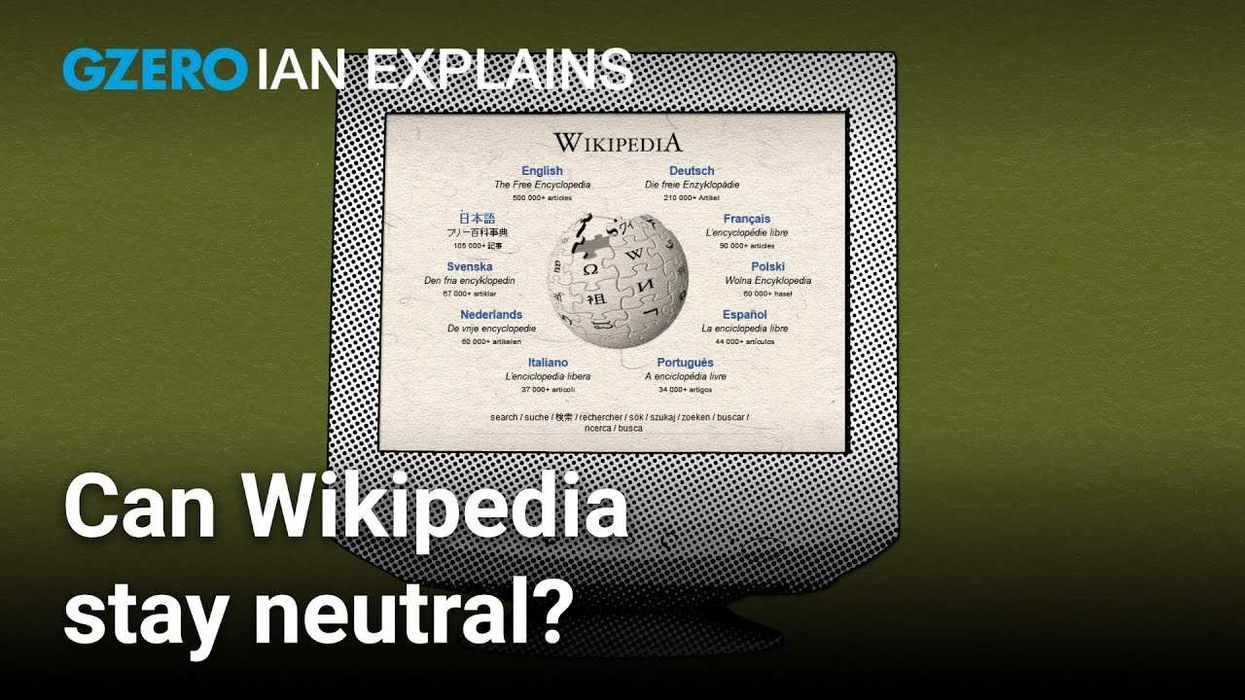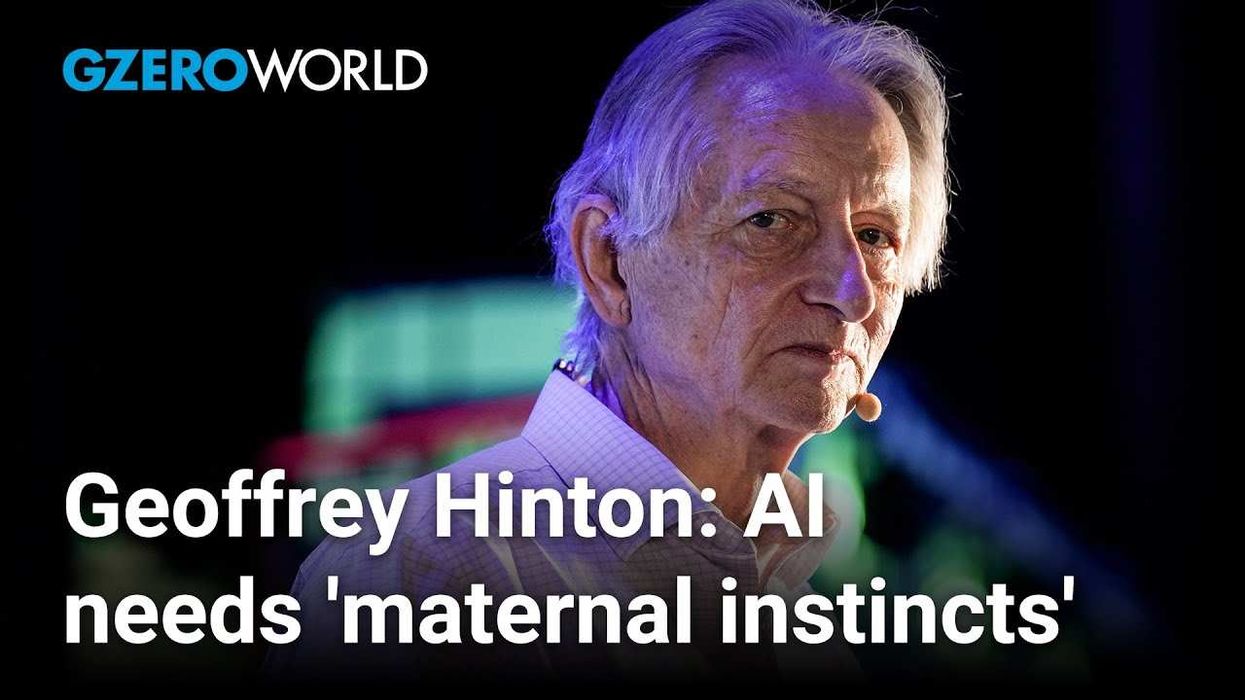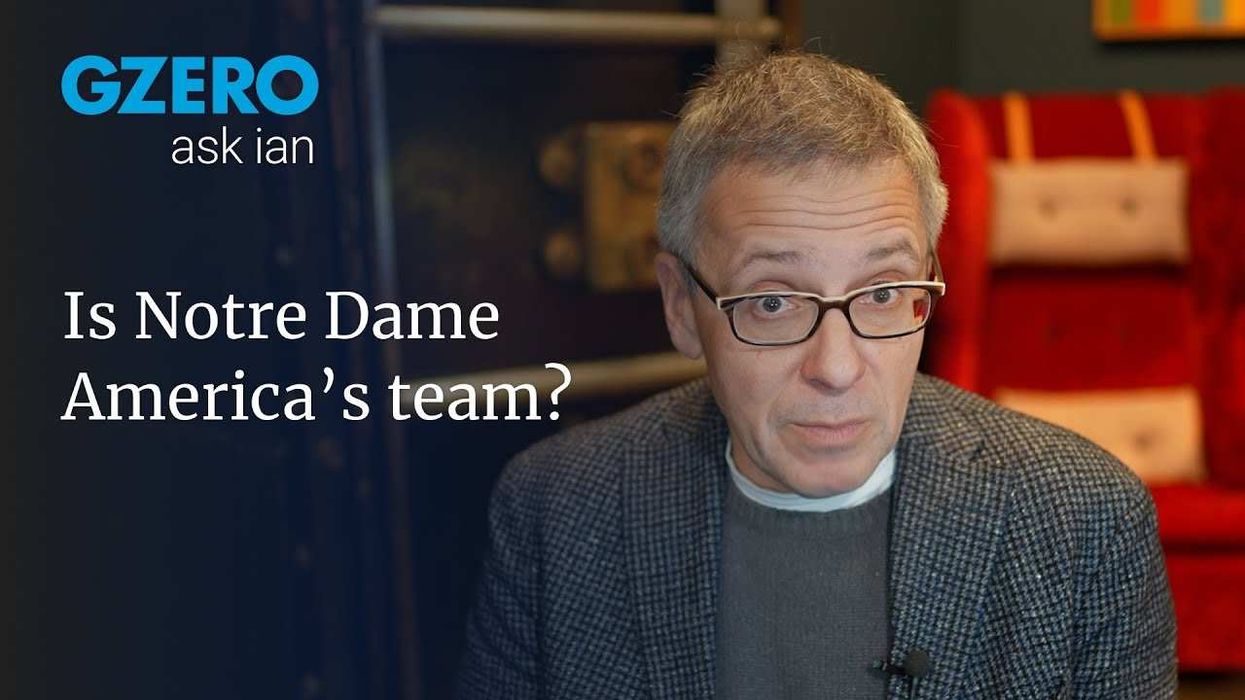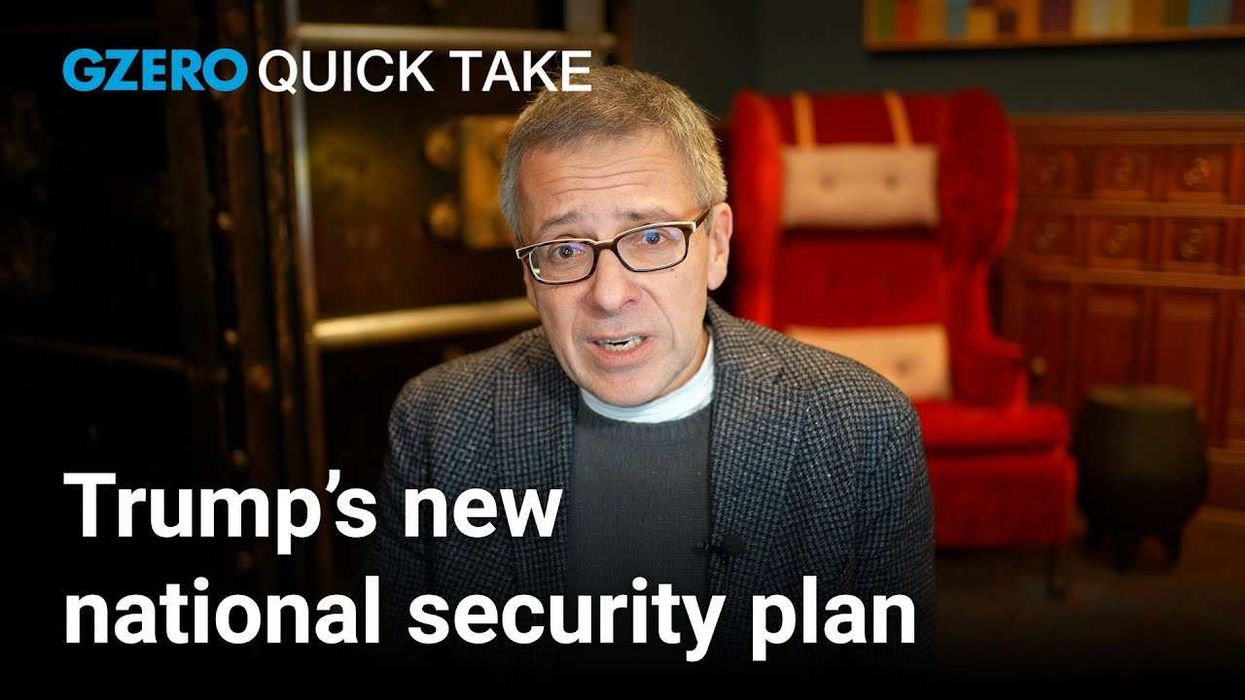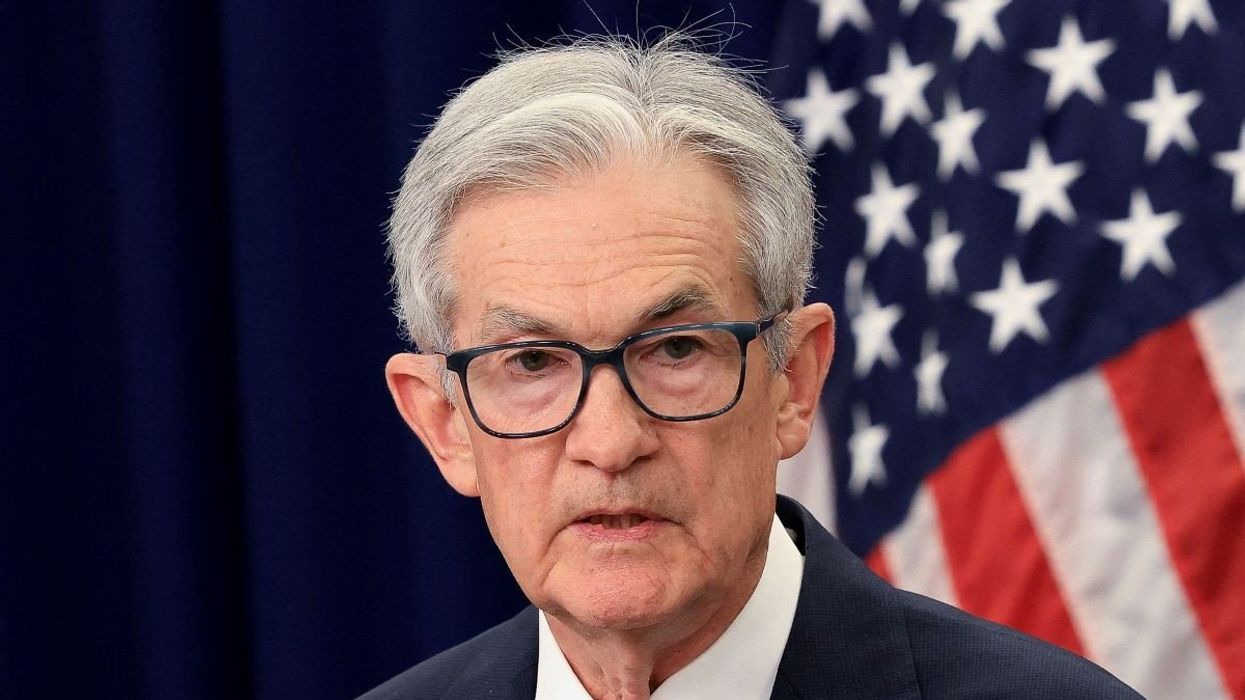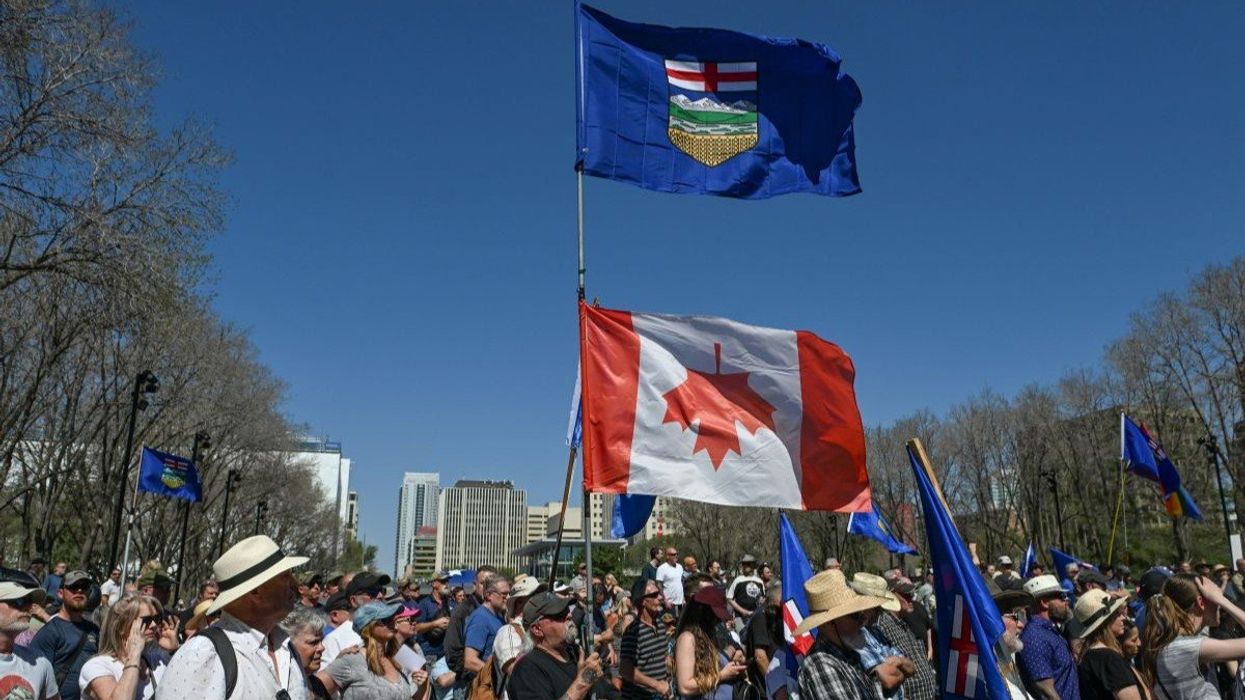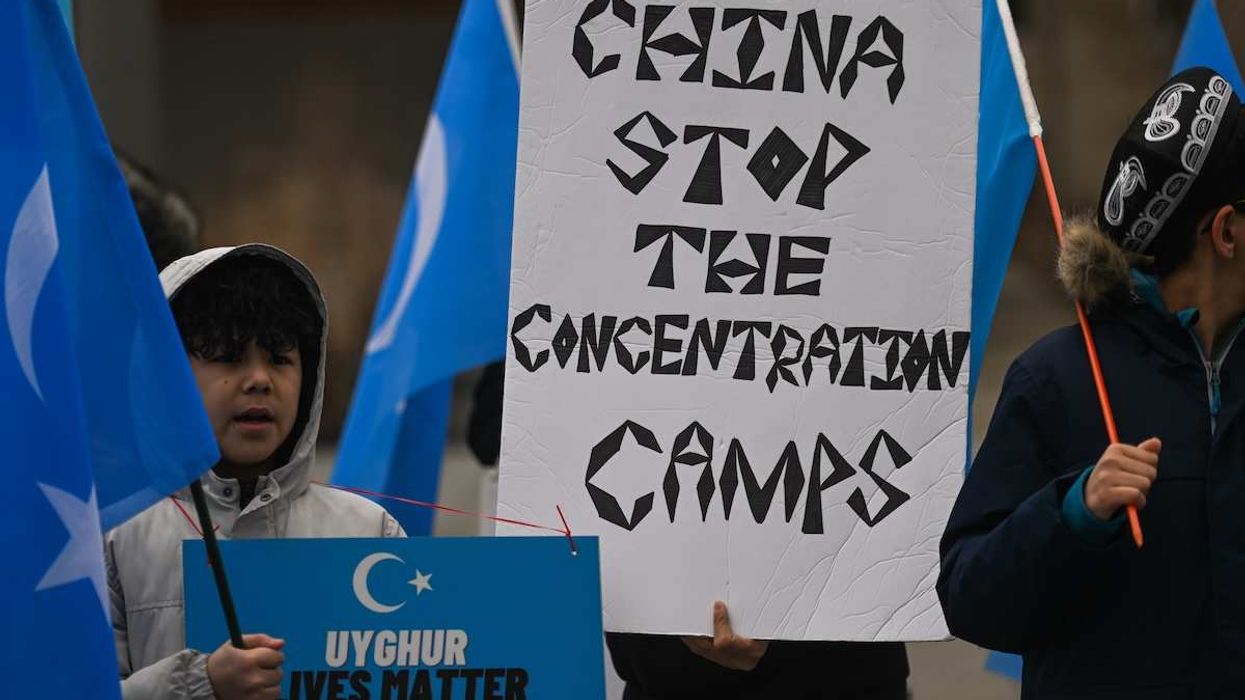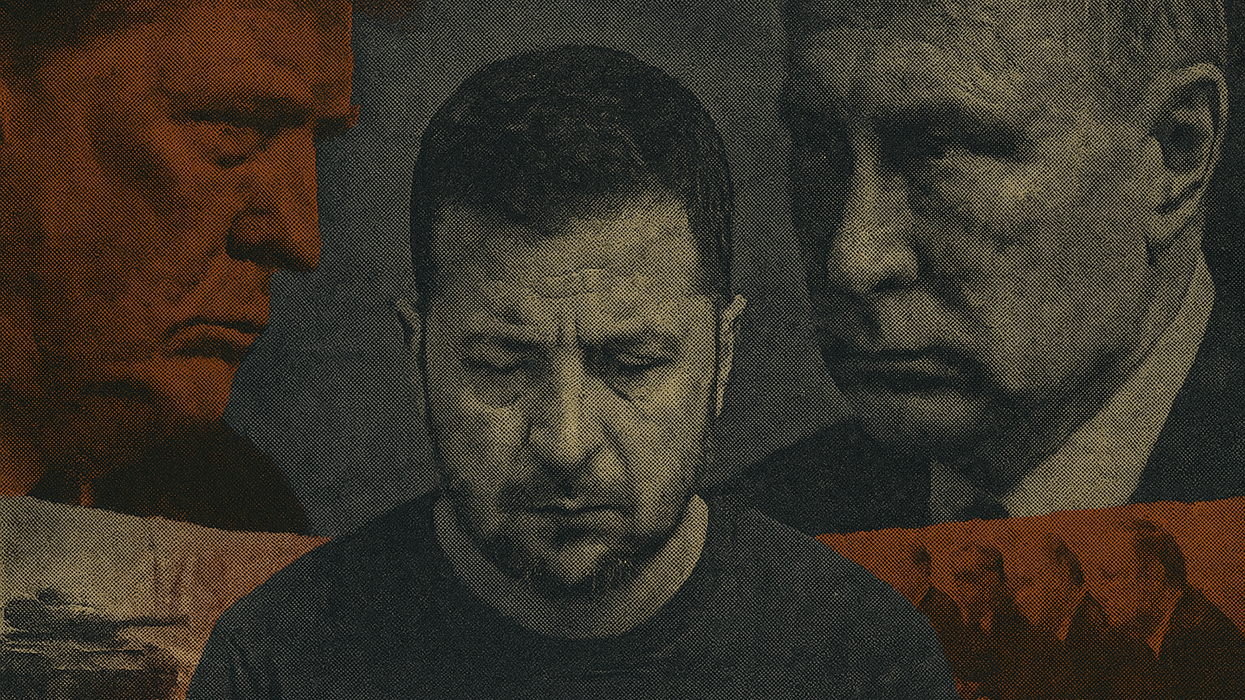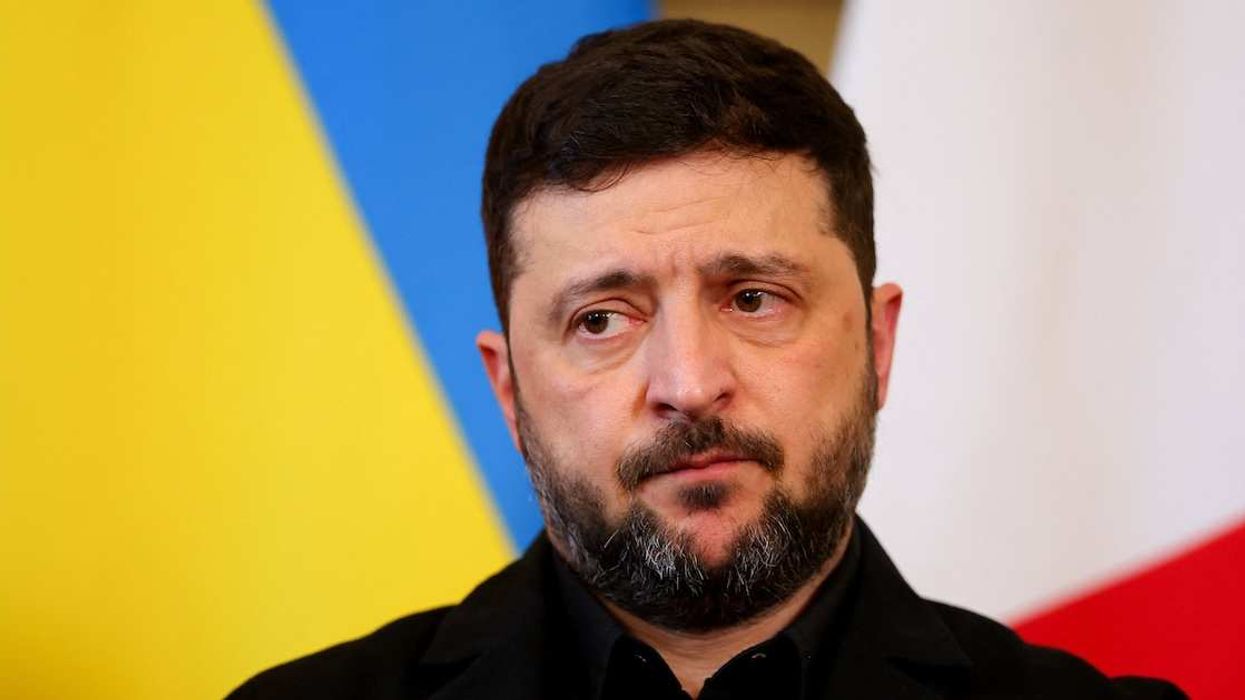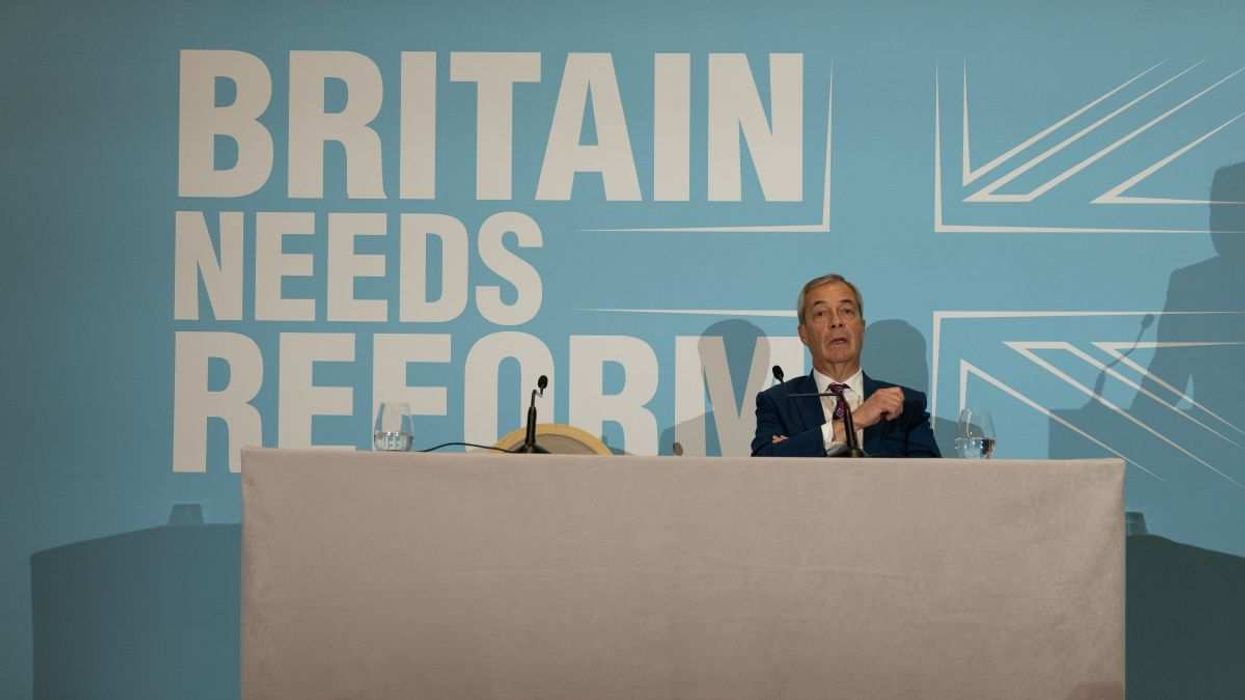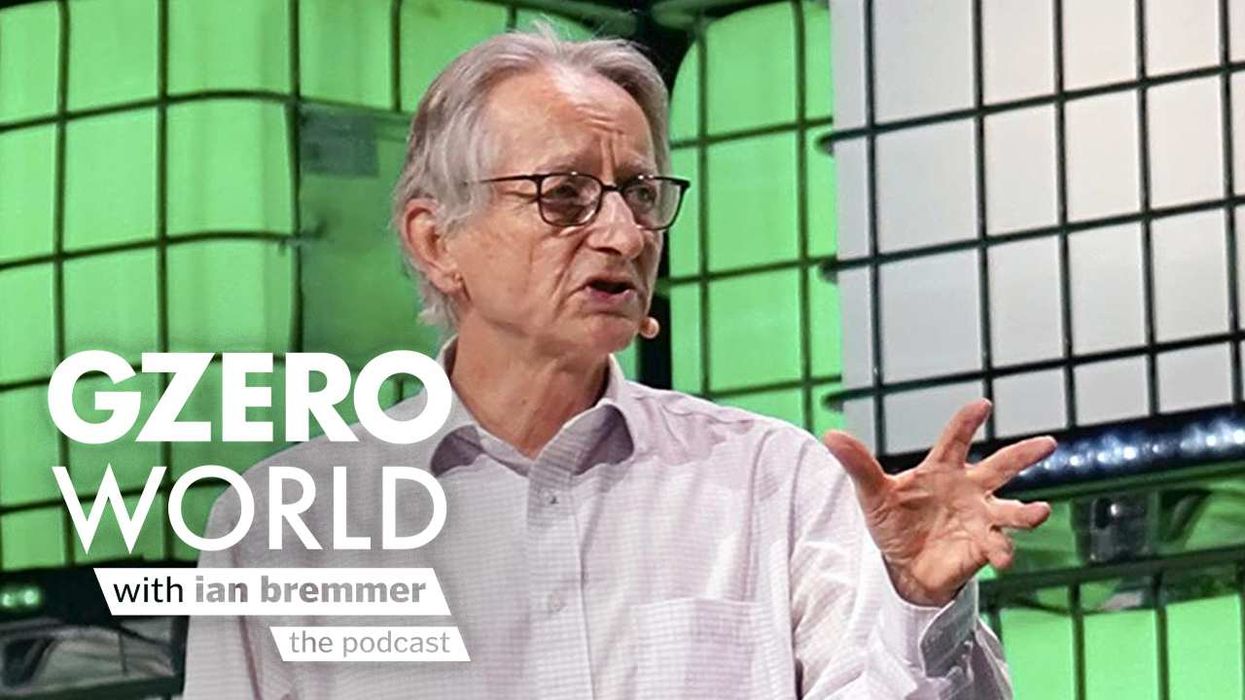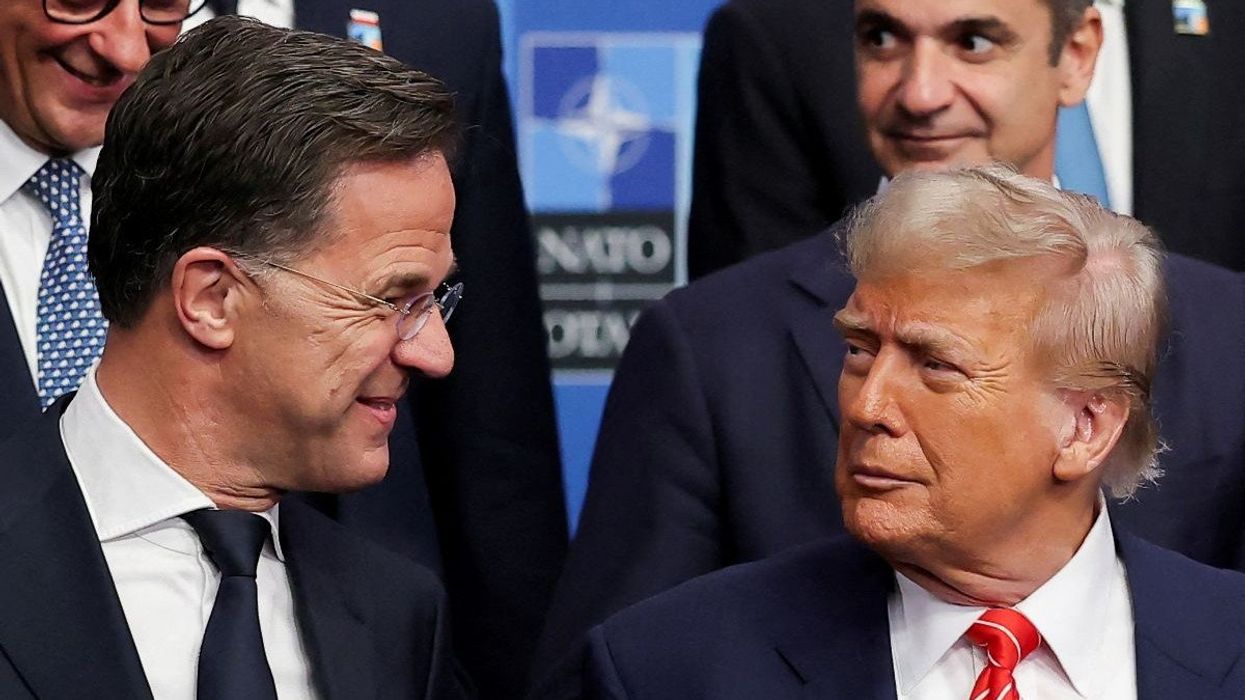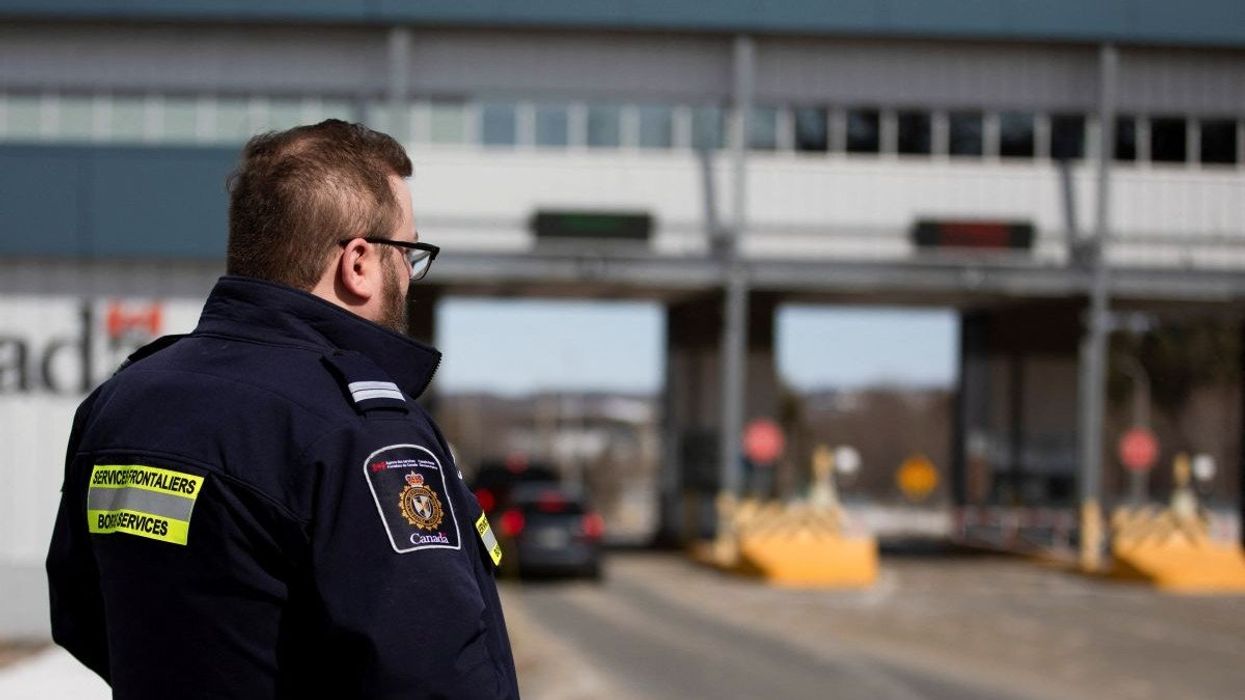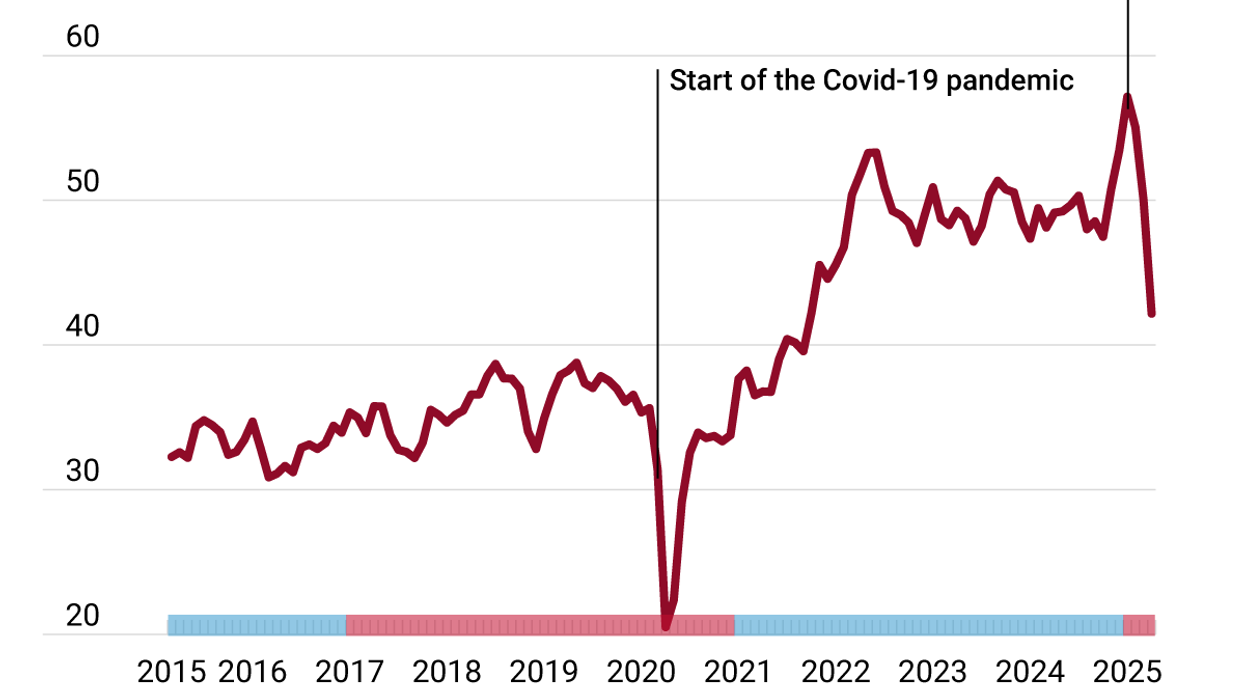Breakup alert, breakup alert!
No, this is not another report on Bennifer — the perpetually entropic relationship between Jennifer Lopez and Ben Affleck.
And no, it is not another story about the Democrats-Biden breakup, though that still resonates as the blockbuster Kamala Harris vs. Donald Trump debate tilt gets going next week.
No, this is about the big breakup in Canada that sets the clock ticking on the next federal election, which by law has to take place before Oct. 20, 2025. The only question is, how soon will it come?
It used to be that political breakups were a sign of things falling apart for a party, but after the Dems ditched Biden at the altar, they’re suddenly living their best lives with Harris, with money pouring in and momentum in the polls. Breakups have been rebranded as ... creative destruction. We had to destroy the leader of the party to save the party!
Democrats believe their shotgun political marriage with Harris and Tim Walz will prove long-lasting — and not end up like some crazy night in Vegas, where they wake up with a wedding ring and a face tattoo, reliving the electoral version of “The Hangover.” What the heck did we just do? But for now, no one there has any doubts: The change has been very good for them.
Which brings us to Justin Trudeau, who yesterday got ditched by his lefty bestie, New Democratic leader Jagmeet Singh. For those of you not following the machinations of Canada’s parliamentary democracy, here’s the quick background:
After Trudeau won another minority government in 2021, he needed the support of another party to stay in power. He craved some stability and got it when he struck an unusual deal, called a “confidence and supply” agreement, with the NDP — the further-left-of-center fourth-place party. It wasn’t quite a coalition — no NDP member was in Trudeau’s cabinet — but rather more of a friends-with-benefits arrangement. The NDP agreed to keep the Liberals in power until 2025 in exchange for passing progressive policies like dental care and Pharmacare, which the Liberals finally did.
All that ended yesterday. According to reports from the CBC, Singh didn’t even dump Trudeau in person. At 12: 47 p.m., he informed Trudeau’s office that he was ending the deal. A mere seven minutes later, Singh released his now-famous breakup video. Ouch. Breaking up by video is modern, I guess, but it’s barely a step above ghosting someone. This was straight out of a “Mean Girls” script, but such is the nature of politics.
“Justin Trudeau has proven again and again he will always cave to corporate greed,” Singh said, hinting at things like the back-to-work legislation the Liberals recently passed to avoid a strike at CN rail, which could’ve wound the economy. “The Liberals have let people down. They don’t deserve another chance from Canadians,” Singh said, trying to distance himself from the very government he propped up so enthusiastically for years.
Why now?
First, the Liberals are so unpopular that the deal to support them has outlived its usefulness and become a liability. And for all their talk about taking credit for the Liberals' progressive legislation, the NDP has never benefited from working with the Liberals anyway. “The NDP has been polling around 17 to 19% now for over a few years,” says CEO and chair of Abacus David Coletto. “But the Liberal drop hasn’t translated into any net gains for them.”
Putting a barge pole between the NDP and the Liberals is important for Singh, who is being cross-contaminated by Trudeau’s unpopularity. “86% of Canadians want change,” Coletto told me. “It’s hard to be that change when you’re being held responsible for propping up the government and prime minister Canadians want to change. So it was inevitable the NDP would need to make a clear break from the government.”
Second, Singh believes the Liberals are at an all-time low and this moment may be the best time to beat them again, as they once did in 2011 under then-leader Jack Layton, who surfed on an orange wave that brought the NDP to official opposition status for the first time.
Still, the math is tricky as the NDP are stuck in the same pollster Hades as the Liberals. “There’s no reason from polls that they should want an election unless they believe we have hit the bottom of Liberal popularity,” says Coletto.
Every opposition party in Canada wants to run against Trudeau because they see him as deeply vulnerable. The wheel of change is turning. The big question: Will waiting to call an election give Trudeau time to leave and allow a new leader — Kamala Harris-like — to arrive and revive Liberal fortunes?
Third, with crucial provincial elections in BC and Saskatchewan and two key by-elections on Sept. 16 happening, the NDP needs to look like leaders, not junior partners, if they want to be taken seriously, so they can’t look too close to the Liberals. “New Democrats are working to take on the Conservatives across the country,” says Kathleen Munk, a longtime NDP strategist and Layton’s former communications director. “But that is harder to do so with one hand tied behind your back.”
Now what?
This does not mean the Liberal government will fall. The Conservatives will certainly try to test Singh’s commitment to change by calling a non-confidence vote, likely later this month, but I don’t see the NDP taking the bait right away. Instead, they will now function on a vote-by-vote basis as most minority parliaments have done, and likely prop up the Liberal government until the new year.
That’s why this is not a real breakup but more of a conscious uncoupling, a strategic way to look independent without letting the government fall and allowing the heavily favored Conservatives to swoop into power. “No question creating some daylight between them and the dark shadow of the Trudeau Liberals is politically advantageous,” says Munk. “The NDP need to make sure New Democrat voices are heard, clear of the noise coming from the Liberals.” This deal break is more like moving out of your parents’ house but still having them pay your rent and do your laundry.
The Conservatives are baiting Singh to take down the government, but insiders know not to hold their breath. “Like any good breakup, separating takes time,” says Tim Powers, founder of Summa Strategies and a longtime Conservative strategist. “You can say you aren’t together, but that usually only becomes true when you can be seen to be moving on. In this case, voting against the Liberals on a confidence motion would definitely be the case. But hard to see a set of scorned lovers here given the dog’s breakfast of polls that benefits only the Conservatives.”
If there is no immediate federal election, is this just a case of “Singh and the Fury” signifying nothing? In the short term, yes, but it has accelerated the likelihood of a federal election, even as the NDP uses this time to try to rebuild. It also forces Trudeau to decide whether he wants to run again or step aside. If Trudeau loses that critical Sept. 16 by-election in Montreal in what should be the safe seat of his former justice minister — and polls show it is a toss-up right now — his party will find its inner Nancy Pelosi and start a conscious uncoupling on its own.
Political alliances never last long, and minority governments in Canada usually have a shelf life of about two years. An election is overdue, and this deal was never going to last until 2025. But the notion that some kind of Kamala Harris-like creative destruction of the Liberal-NDP alliance will stop the Conservatives, who are 20 points ahead and cruising, is a hope, not a strategy.
Voters want change, for sure, but more than a change of strategic arrangements, they want a change in results. For a government that has been in office for as long as the Liberals, better results on home prices, inflation, and the cost of living might be the only thing to keep voters from executing a conscious uncoupling at the ballot box.


